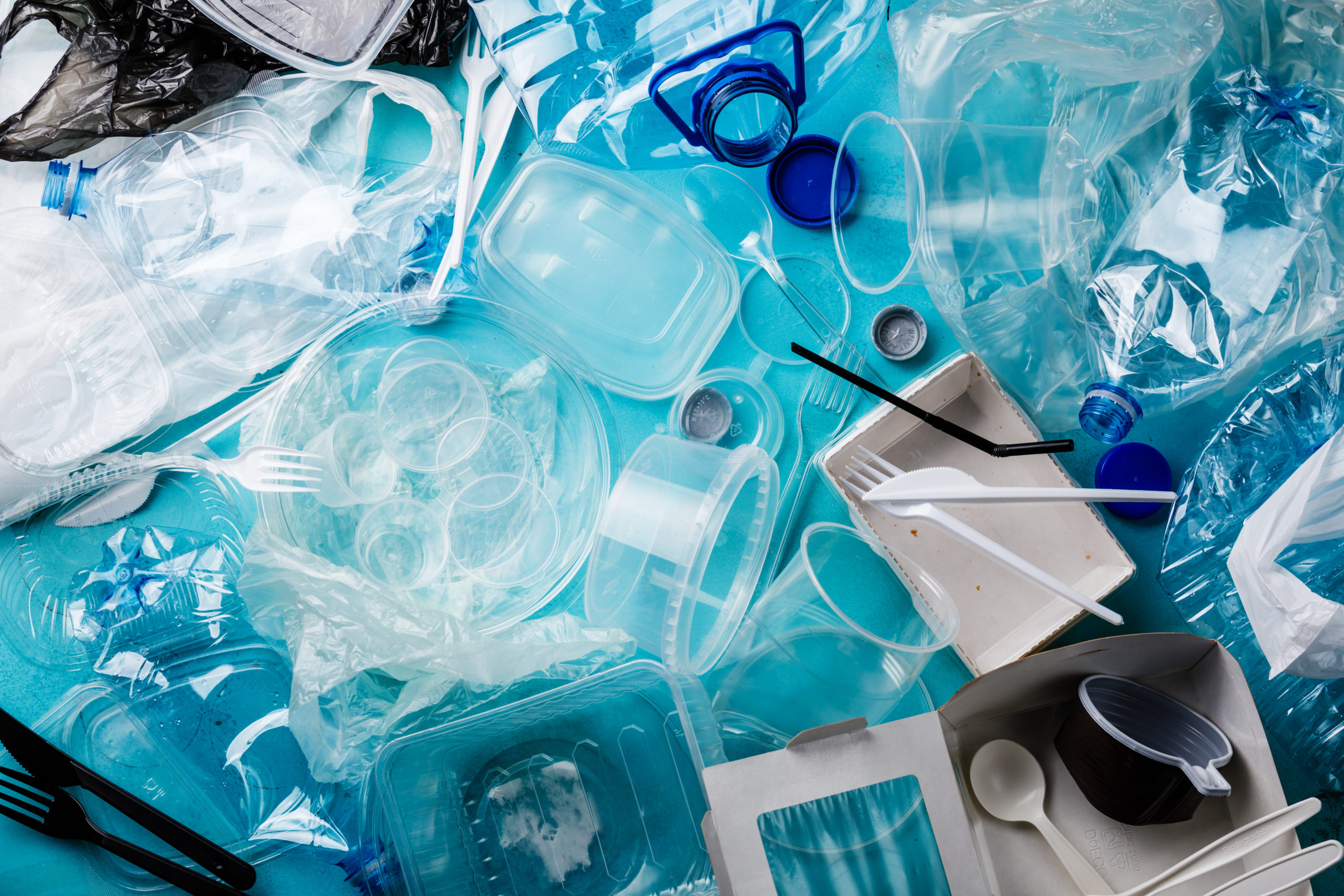In September of 2020, the United States launched the US Plastics Pact, a consortium of industry leaders whose goal is to work collectively towards a circular economy for plastics in the United States. Around 100 companies, including big brand names such as Coca-Cola and Target, as well as organizations geared towards sustainability such as the Ocean Conservancy, have agreed to be a part of the program, with the end goal being all plastic packaging be recyclable by 2025. In June of this year, the U.S. Plastics Pact released their roadmap, providing their plan for hitting the ambitious 2025 target.
The goals set in the road-map seem lofty, and not everyone in the plastics industry agrees with the timeline and language used.
In this week’s blog post, we will go over the goals set by the U.S. Plastics Pact Roadmap, the industry leaders who are on board, and the ones who are not.
Roadmap to Sustainability
On June 15th, the US Plastics Pact, with the help of WRAP UK, released a 36-page road-map detailing their plan to make plastic waste a thing of the past. The plan targeted four specific areas to address said plastic waste, through, according to their website, “specific actions, responsibilities, and interim timeframes in order to realize meaningful, target outcomes for a circular economy for plastic packaging.”
These target areas are:
- Defining a list of packaging to be designated as problematic or unnecessary by 2021.
- Ensuring 100% of new plastic packaging is reusable, recyclable or compostable by 2025.
- Undertaking actions to effectively recycle or compost 50% of plastic packing (including PET and PP thermoformed and injected molded containers) by 2025.
- Ensuring the average recycled content or responsibly sourced bio-based content in plastic packaging (such as PE films) is at 30% by 2025.
The roadmap also calls to boost recycling rate of packaging made from PET, polypropylene and high-density polyethylene to 70% by 2025.
It’s goal by the end of 2022 is for all of its members to make public commitments to use recycled content in most of their packaging.
Lofty goals, but goals they say are obtainable. Not everyone agrees, however.
Realistic Goals or Pipe Dream?
The American Chemistry Council, the trade association for chemical companies and plastics manufacturers, says it welcomes the goals of the pact. In fact, many plastic firms have also signed on to the pact, including Amcor, Eastman Chemical and the National Association for PET Container Resources.
The issue, according to the ACC, is the timeline, and the language regarding phasing out “problematic plastic products”. In a statement issued by Joshua Baca, ACC’s vice president of plastics, said they want the Pact to be “transparent, data-driven and make recommendations based on science and engineering, rather than ideology” and to have “an inclusive and open process” that will “generate more informed and reliable outcomes and minimize risks of unintended consequences that can result from material substitution.”
The ACC had announced its own plans to create a circular plastics economy in 2018. Their plan was slightly less aggressive, with goal of 100% recyclable plastic packaging by 2030, and 100% of plastic packaging being either re-used, recycled or recovered by 2040. In 2020, the ACC announced their own “Roadmap to Reuse”, which outlined the ACC’s vision to achieve the previously listed goals.
Some in the plastics industry agree with the Pact.
Many plastic firms and trade groups have also signed on to the pact, including Amcor, Eastman Chemical and the National Association for PET Container Resources.
Amcor’s VP of Sustainability, David Clark, went on record saying “…we are proud to support the rollout of the US Plastics Pact Roadmap – which shows how cooperation across the value chain can help us solve the problem of waste in the environment.”
The National Association for PET Container Resources, or NAPCOR, even worked with the Pact to help launch the Roadmap, with NAPCOR Executive Director Darrel Collier saying that the U.S. Plastics Pact recycling goal of 50% is “ambitious, but not impossible.”
In Conclusion
While not everyone is keen on the US Plastics Pact Roadmap’s ambitious plans to create a circular plastics economy and reduce waste, many companies are more on board.
With more and more manufacturing companies agreeing to do their part to reduce plastic waste, The US Plastics Pact believes it can pave the way forward to a more sustainable plastics industry. The ACC also believes their plan can achieve those goals, while giving a more realistic timeline.
The important thing is, according to Collier, to do something.
“The timeframe is short, and the workload is immense, but if we choose to do nothing, the visions of a circular economy across the U.S. will give way to the status quo.”
With help from plastics manufacturers, companies can help make sure plastics remain both in the US economy, but out of the environment, for years to come.


